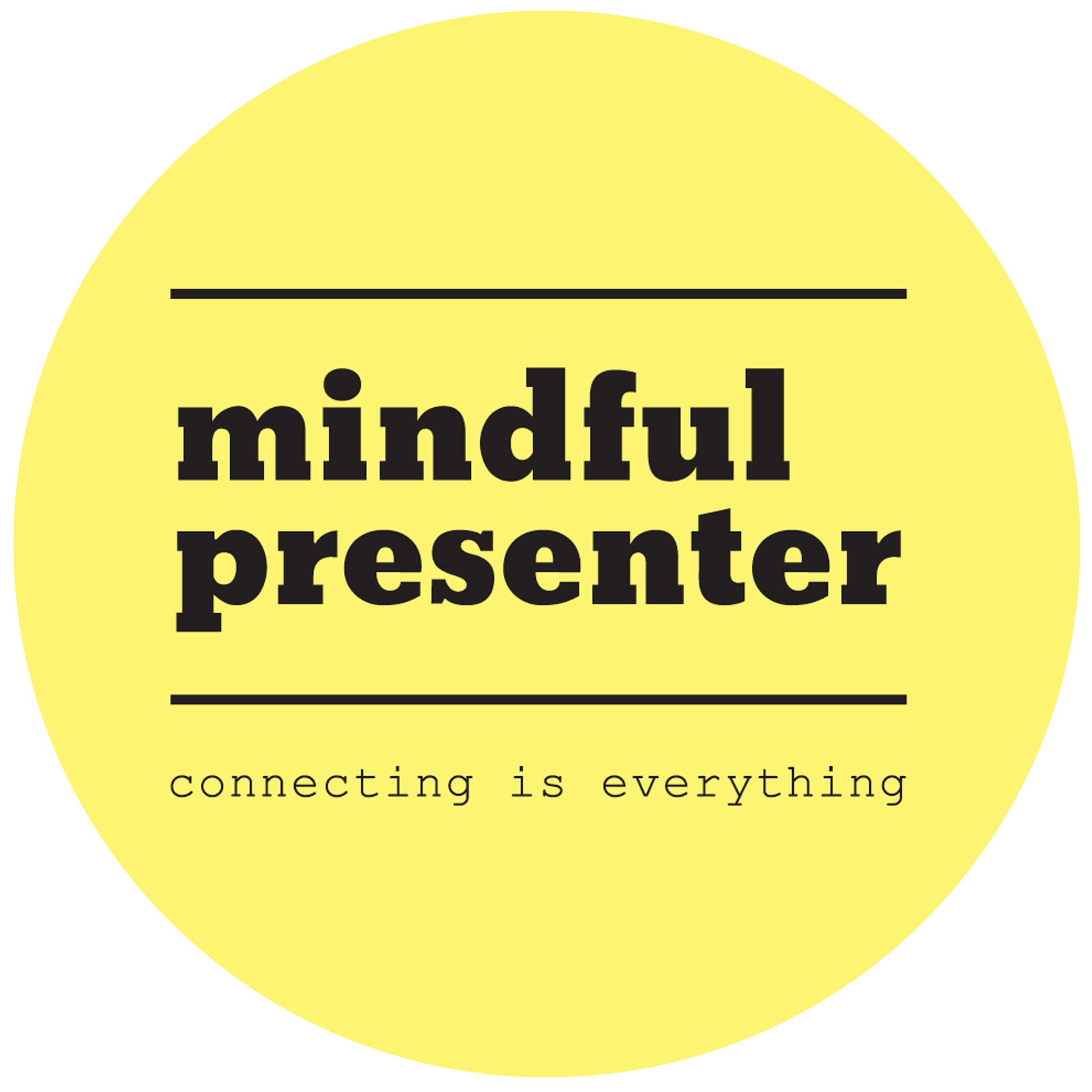
The moment a 9-point meeting agenda flashes on a screen in a business meeting, you can almost see participants’ faces drain of colour. The idea of a neat, linear agenda is often seen as a way to ensure focus and control, but it can also stifle free thinking and creative problem-solving.
In today’s fast-paced corporate environment, meetings are no longer just gatherings, they are pressure cookers for critical decisions. Participants walk a tightrope: preparing exhaustively for every possible scenario while remaining agile enough to pivot when the unexpected arises.
The pressure to innovate, boost profits, and reduce costs, all while satisfying stakeholder demands often results in meetings fraught with conflict, defensiveness, and unproductive posturing.
What could go wrong with a meeting agenda?
– Blame and finger-pointing
When things aren’t quite going to plan participants may deflect responsibility instead of owning problems and solutions.
– Hidden motives
Personal agendas can steer conversations away from what’s best for the company toward individual gain.
– Ego-driven debate
Dominant personalities monopolise airtime, shutting down quieter but valuable perspectives.
– Short-termism
Pressure for quick wins pushes teams to focus on immediate fixes over sustainable, strategic choices.
– Information overload
Many meetings overrun or their efficacy is impaired because too much or irrelevant information is presented, leading to confusion, distraction and lower productivity.
– Meeting theatre
Instead of focusing on driving results, meetings can often become an opportunity for participants to focus on performing to impress others, rather than getting straight to the point.
Why a meeting agenda isn’t always helpful
Meetings have become the workplace equivalent of white noise: frequent, formulaic, and often pointless. The agenda was created to be the antidote to this.
A clear list of topics allocated specific times and owners sound like a reasonable solution.
All too often, agendas become ritualistic checkpoints that prioritize process over progress. They become a focus on talking points, driving long winded explanations, justifications, excuses and wordy updates.
They can encourage box-ticking, not problem-solving or leading positive change. When the objective is to “cover item 5,” people focus on completing the item, not on whether the outcome moves the business forward.
Teams are often constrained to follow a prescribed sequence which can stifle creativity and real conversations.
Agendas can amplify power imbalances. When one person owns the agenda, they have control over what’s discussed and for how long. As efficient as that may sound it could easily prevent opportunities to focus on other important issues.
They can replace ownership and accountability with attendance. People show up because the schedule demands it, not because they’re accountable for a specific, measurable outcome.
What does a typical meeting agenda look like
Date: Monday 13th October 2025
Time: 09:30 – 11.30
Location: London HO Suite 003 – 5th floor,
- Welcome & introduce agenda – COO
- Financial overview: YTD budget, forecasts – Head of Finance
- Technology status: key project updates – Head of Technology
- Market trends and competitive analysis– Head of Marketing
- People and culture report: engagement trends, DEI, – Head of HR
- Customer services update: CRM, complaints, retention – Head of Customer Service
- Any Other Business -All
- Summary of decisions and new action items, confirm deadlines COO
- Close the meeting – COO
What happens when we replace agendas with results?
Everyone leaves the meeting with clarity and accountability for what needs to happen next and by when.
The shift to results clarifies expectations and sharpens preparation and focus, increasing productivity and efficiency.
Meeting participants are required to send clear and succinct pre-reads and pre-decisions before the meeting. They circulate appropriate data and proposals in advance and ask attendees to come to the meeting ready with their positions and recommended decisions. The meeting becomes execution space, not just discovery time.
Focus is on results and outcomes, not items.
Replace “Agenda” with “Results”
What does a good results meeting look like
Date: Monday 13th October 2025
Time: 09:30 – 11.30
Location: London HO Suite 003 – 5th floor,
1. Open with acknowledgement of achievements and success for the last period. – COO
(3 mins)
2. Meeting Purpose & Success Criteria (3 mins) – COO
3. Actions are outstanding from the last meeting – Decisions/changes required with deadlines (3 mins) – COO
4. Are we on track? – Head of finance
Actions and decisions required with deadlines based on a summary of goals, roadblocks & resolutions – Identify key risks and mitigation plans threatening financial goals. (10 mins)
5. Approve final launch date of CRM system – Head of technology
Actions and decisions required with deadlines based on a summary of goals, roadblocks & resolutions – Identify key risks and mitigation plans threatening technology goals. (10 mins)
6. What do we need to do to improve and drive new sales? – Head of marketing
Actions and decisions required with deadlines. Summary of goals, roadblocks & resolutions – Identify key risks threatening marketing goals. (10 minutes)
7. What do we need to do to improve customer satisfaction and improve customer retention. – Head of customer service
Actions and decisions required with deadlines based on a summary of goals, roadblocks & resolutions – Identify key risks and mitigation plans threatening customer service goals. (10 mins)
8. Confirm no open issues left unresolved. – COO
9. Close reiterating acknowledgement of achievements and success for the last period – COO
Rules of engagement for results focused meetings
– Insist on an outcome in every meeting invite. If an outcome can’t be stated in one sentence, rethink the need for the meeting.
– Reduce attendees to those whose work or decision is required. Fewer voices mean faster decisions.
– Require one-page pre-reads or a two-minute summary video, no slide decks.
– End with named next steps and deadlines. If a meeting finishes without clear, assigned action, it failed.
– Do a 5-minute retro quarterly: which meetings led to measurable progress, and which didn’t? Kill or redesign the losers.
– Everyone leaves their ego at the door. They enter with just one agenda; making the business look good, not themselves.
– We all listen more than we speak. Nobody dominates the meeting.
– Avoid long justifications and explanations. Let’s just tell it as it is and make it easy for each other to do so.
When agendas still make sense
Agendas aren’t evil. They work for structured training sessions, critical compliance, regulation and policy adherence. The challenge is to stop defaulting to agendas as a one-size-fits-all meeting design where it becomes more of a talking shop instead of an action focused forum.
The payoff
Meetings designed around results do more than save time. They accelerate action, increase accountability, reduce frustration, and boost morale. Teams spend less time rehearsing talking points and more time making a tangible difference. The cultural shift away from agendas toward results creates clarity: people know why they’re meeting and what success looks like.
An agenda is a map; a result is the destination. Maps are useful only if everyone agrees on where they’re going. Start every meeting with the destination in mind, then design the conversation that will get you there. Stop organizing around items; start organising around impact.
Ask yourself if it’s time to ditch your agenda and focus on results instead.
If you’d like help presenting more effectively in meetings
– Book yourself onto a powerful public speaking course.
– Invest in some really good one to one public speaking coaching.
– Get yourself some excellent presentation training
Image courtesy of Canva.com
